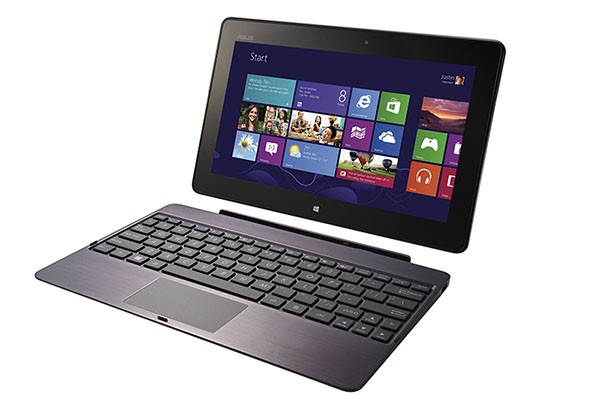We often forget that tablet computers weren’t invented by Steve Jobs. For a decade before Microsoft and their partners like Toshiba or Dell had been selling ‘slate-like’ devices.
The market wanted tablet computers, particularly business users in sectors like logistics and health care, but the Windows products on offer were heavy, clunky and expensive.
It took the iPad to deliver what the market wanted — a lightweight, easy to use and reasonably priced tablet computer. This was the reason Apple were so successful.
With Asus’ pricing announcement of their new range of Windows 8 tablets it appears the mistakes made by the PC industry with tablet computers ten years ago are going to be repeated.
The fundamental thing that will kill Windows tablets is cost and these tablets are too expensive compared to the Apple and Android competitors.
While having Windows compatibility and the opportunity to save to USB drives or corporate networks is handy in a tablet, there seems to be little reason for customers not to buy a mid-priced laptop.
It appears though these price points are part of Microsoft’s strategy. Steve Ballmer hinted at this in his Seattle Times interview last weekend.
Q: The iPad has the largest share of the tablet market, but its soft spot, it seems to me, is the price.With the Surface, are you planning to compete with the iPad on price or on features?
A: We haven’t announced pricing. I think we have a very competitive product from the features perspective. …
I think most people would tell you that the iPad is not a superexpensive device. … (When) people offer cheaper, they do less. They look less good, they’re chintzier, they’re cheaper.
If you say to somebody, would you use one of the 7-inch tablets, would somebody ever use a Kindle (Kindle Fire, $199) to do their homework? The answer is no; you never would. It’s just not a good enough product. It doesn’t mean you might not read a book on it….
If you look at the bulk of the PC market, it would run between, say, probably $300 to about $700 or $800. That’s the sweet spot.
The problem is the tablet computer market isn’t the PC market and those price points have changed.
What’s more, the features that attract users to tablet devices or smartphones are different to that of PCs.
Basically PCs, tablets and smartphones are different products.
Applying PC pricing structures, or marketing models, to the tablet market is a risky strategy.
Steve Jobs didn’t do this and Apple succeeded with the iPhone and iPad without damaging their Mac sales, whether Microsoft can pull of a similar achievement with the opposite strategy remains to be seen.

Leave a Reply